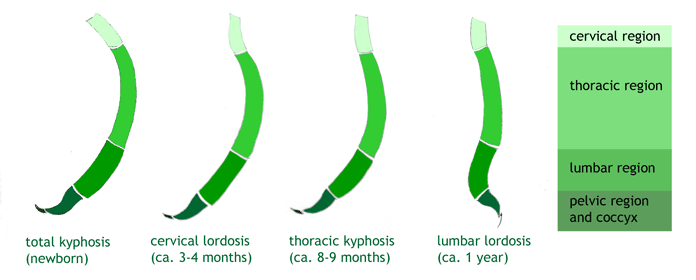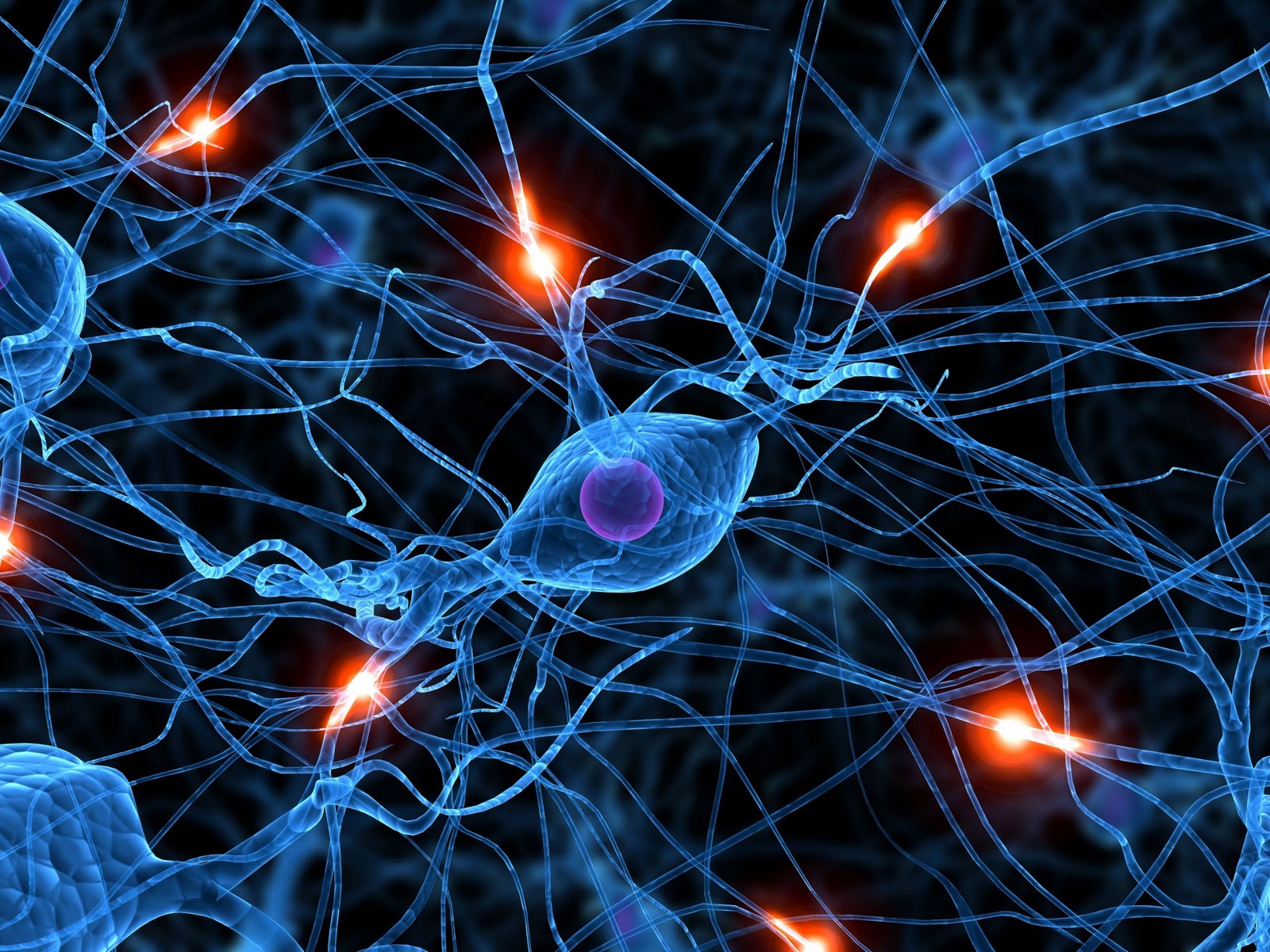
Many new parents are unsure when it comes to carrying their newborn, especially when it comes to how it may affect their baby’s development. As a Structural Chiropractor, the way I look at babywearing may be a little bit different – my focus is on how it may affect the baby’s developing spine and nervous system.
Lets start with the anatomy of a newborn. As you can see in the illustration below – the spine of an infant is c-shaped – this is natural until the baby begins to hold their head up, crawl and stand which will help develop the curves we have as adults. One of the first options parents encounter for carrying their baby is (not surprisingly) the car seat.
Research by the International Chiropractic Pediatric Association (ICPA) shows that car seats result in “restricted postural options which can impact your baby’s developing cranium and spine”. It seems that by keeping the spine in a c-shaped configuration, car seats can actually prevent and inhibit the natural curves from forming. In additon, babies can have a hard time acquiring adequate muscle strength to hold their heads up if they don’t get much of a chance to deal with gravity in an upright position. .Bottom line on car seats: an ergonomic carrier is superior to using a car seat when the baby is not in the car. Continue reading “Are Baby Carriers Good for the Spine?”





